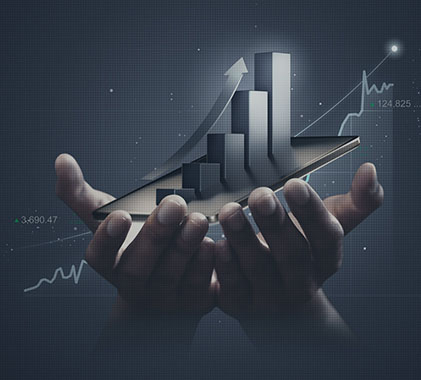Utility-as-a-Service & Emerging Models for Sustainable Production
Tim Last, Divisional President, Atlas Copco, the Specialty Rental Division, talks to our host Pranjal Sharma, about how utility as a service and emerging model for sustainable production is important for businesses and the corporate world and what is the best way to understand the concept.
'Utility as a Service' - Understanding the Concept
To better understand the concept, let us take a small step back and talk about what the traditional model is for investing in capital equipment and what the future model could be in our view at least. Going back to the traditional model, organizations prefer buying a capital piece of equipment is usually costly. It has generally depreciated over a long period, and some person in that organization has the responsibility to select a piece of equipment that is supposed to provide or supply demand for a long time. The life of the equipment will predict how the organization's demand will change over a while, which is likely or unlikely impossible. As a result, they end up with a system or with a piece of equipment which is very relevant and perfect on day one and becomes less and less relevant and less and less optimized and less efficient as each year goes by.
It would be better if an organization were to take a more variable solution from another organization that is perfect on day one while flexing, changing, and evolving with the latter accordingly as demand, technology, and the solution change. This would help remain relevant even after many years while bringing tremendous energy savings and efficiency.
Although this ensures the changes happening in technology and the rapid deployment of new concepts are factored in, it also oversees that people don't get locked into something that is history. Given that we are making history very fast while the level and speed of obsolescence are very high, this also acts as a key driver.
Scaling the Model and Staying Ahead of the Curve
Everything, including business cycles, demand, and technology changes, is becoming far more variable. “I think buying expensive assets and having them on the balance sheet become risky. I think the faster things change, the more variable the demand, and the greater the economic variability, the more interesting these kinds of variable and flexible solutions become,†- Tim.
While pioneering such solutions, Atlas Copco is staying ahead of the curve while being on the edge of trying new things. For example, a large organization approached it recently to design the best system. Based in China, the organization had a large, compressed air system for a prolonged time which had come to the end of its natural cycle. Following were the demands put forward by the client organization:


Design the best possible system and keep it efficient for the next 20 years instead of changing it to a new version.

Payment is to be made based on the amount of energy saving generated by Atlas Copco over 20 years, in comparison to the same generated in the previous version, instead of paying what they will bring to the site.
As an organization, Atlas was motivated to continuously make that solution super-efficient because the more efficient the system is, the more it gets paid. It helped consume less energy, become a more sustainable organization and reduce its carbon footprint.
Is Less Carbon at Less Cost a Winning Strategy?
When it comes to the impact on the carbon footprint, many organizations aim to provide a significantly greener solution while keeping the costs the same despite having a newer and better system. Tim believes that there is currently a perception that building sustainable solutions and modernizing them to become carbon-neutral is expensive. However, we can neutralize the carbon and cost by believing things we do. A company does not have to pay or spend more money to become carbon friendly. Instead, it can do so by incorporating clever steps and optimizing energy use predominantly.
Utility as a service model becomes a winning strategy and the mantra for success for different industrial segments and technologies. However, achieving this requires significantly increasing the number of technologies currently available for customers and mastering those technologies. This will allow companies to benefit various customers and prevent them from seeking different vendors for different technologies by providing everything under one roof. Additionally, companies can find synergies between multiple forms of technology by mastering technology.
What Business Leaders, Decision Makers and Organizations should be prepared for?
Changes do not happen overnight; hence, we need to start modestly. However, organizations should be convinced that there are good alternatives to simply owning and servicing their equipment. Energy, sustainability, carbon footprint, and balance sheet agility have become more critical than owning equipment that does not make much sense anymore. These variable solutions are a much more innovative way to go. Because of the optimizations, one can get, becoming carbon neutral does not necessarily have to cost more money anymore.
- Tune into:
-
 Apple
Apple
-
 Spotify
Spotify
-
 Amazon Music
Amazon Music

